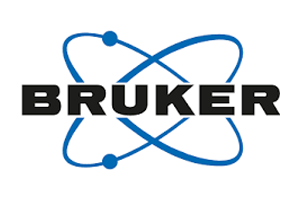THIS WEBSITE USES COOKIES
We use cookies to personalise content, to provide social media features, and to analyse our traffic. By choosing 'allow all cookies', you consent to our cookies.
To find out more, read our privacy policy and cookie policy.
Bruker Daltonics GmbH & Co. KG (BRUKER), Germany

DC3 supervisor
Dr. Eduardo Carrascosa is R&D Instrumentation Scientist at Bruker Daltonics GmbH & Co. KG. His main areas of research include ion mobility, tandem mass spectrometry, reaction dynamics, spectroscopy, as well as gas phase instrumentation development. He obtained his M.Sc. in Chemistry from the Autonomous University Madrid (Spain), followed by a PhD in Physics from the University of Innsbruck (Austria). He then worked as a PostDoc at the University of Melbourne (Australia) and at EPFL Lausanne (Switzerland), combining research and development with supervision of B.Sc., M.Sc. and PhD candidates.
During his scientific career he has obtained European funding, such as a Marie Curie ESR fellowship, a DOC doctoral fellowship, and a FWF Schrödinger Fellowship (Austria). He has also been recipient of a project grant from the Swedish Foundation for International Collaboration in Research and Higher Education (STINT) as project co-leader. He has published more than 35 peer-reviewed publications and is reviewer for ACS, AIP, Elsevier, and Nature Journals.
“The MobiliTraIN network brings together some of the most innovative minds in the ion mobility and mass spectrometry communities, thereby covering a large range of applications from biomedicine to environmental science. I am convinced that this vast fundamental knowledge, combined with the direct interaction with mass spectrometry instrumentation companies, will push the limits of ion mobility research towards the discovery of new methodological avenues and applications.”